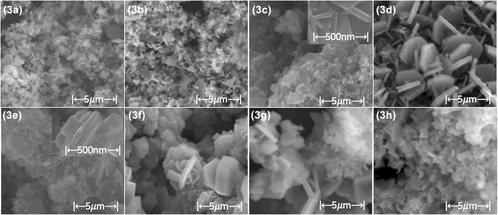Article contents
Scandium on the formation of in situ TiB2 particulates in an aluminum matrix
Published online by Cambridge University Press: 28 June 2018
Abstract

TiB2 particulates were formed in situ in an aluminum matrix via chemical reactions between an aluminum melt and the mixture of K2TiF6 and KBF4 salts. Different effects of Sc addition on the formation of the TiB2 particulates were revealed depending on the participation of Sc at different stages of the formation of the particulates. The metal–salt reactions resulted in boride layers along the α-Al grain boundaries in the presence of Sc, while the addition of Sc after the metal–salt reactions broke up the boride layers improving the dispersion of the TiB2 particulates to a limited degree. Sc promoted the growth of the TiB2 particulates, resulting in the coarsening of TiB2 particulates. The participation of Sc in the formation of TiB2 particulates altered the coarsening of the TiB2 particulates, resulting in different morphologies of the TiB2 particulates depending on the participation of Sc in the formation of the TiB2 particulates at different stages.
- Type
- Article
- Information
- Copyright
- Copyright © Materials Research Society 2018
References
REFERENCES
- 9
- Cited by




